Next to your mortgage (if you have one), you probably spend more money on food and groceries than any other item in your budget. You can cut expenses way down by following some of these ingenious and eco-friendly ways to save money on groceries:
1) Eat the food you buy. I’m not being facetious. The U.S. Department of Agriculture estimates that people throw away 30 percent of the groceries they buy because the food spoils before it is eaten or people lose track of leftovers in their fridge or freezer. Keep a list of what you have in the fridge on the front door so you remember what you have to cook.
See also: The Three Best Ways to Reduce Food Waste
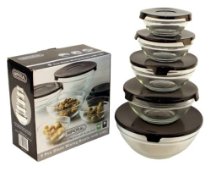
3) Store food in air-tight containers. It’s worth investing in some good glass containers with tight-fitting lids so that when you put leftovers away, they’ll last a few days in the fridge. Use a piece of masking tape to date and label what’s inside.
4) Give up bottled water. In most parts of the United States, local tap water is just as good as, if not better than, bottled water, and it’s many times cheaper. Buy a water filter and keep a pitcher of filtered tap water in the fridge. Or, fill up some reusable water bottles with filtered tap water. You can save $10-$15 a week, depending on how much bottled water you buy currently.
See also: 5 Best Reusable Water Bottles
5) Eat less meat. I’m primarily a vegetarian, but my kids eat meat once or twice a week. That probably adds $20 – $30 a week to my grocery bill. Cut back on serving meat as a main course, at the very least. A chicken-stir fry will use a lot less meat than serving a whole chicken breast.
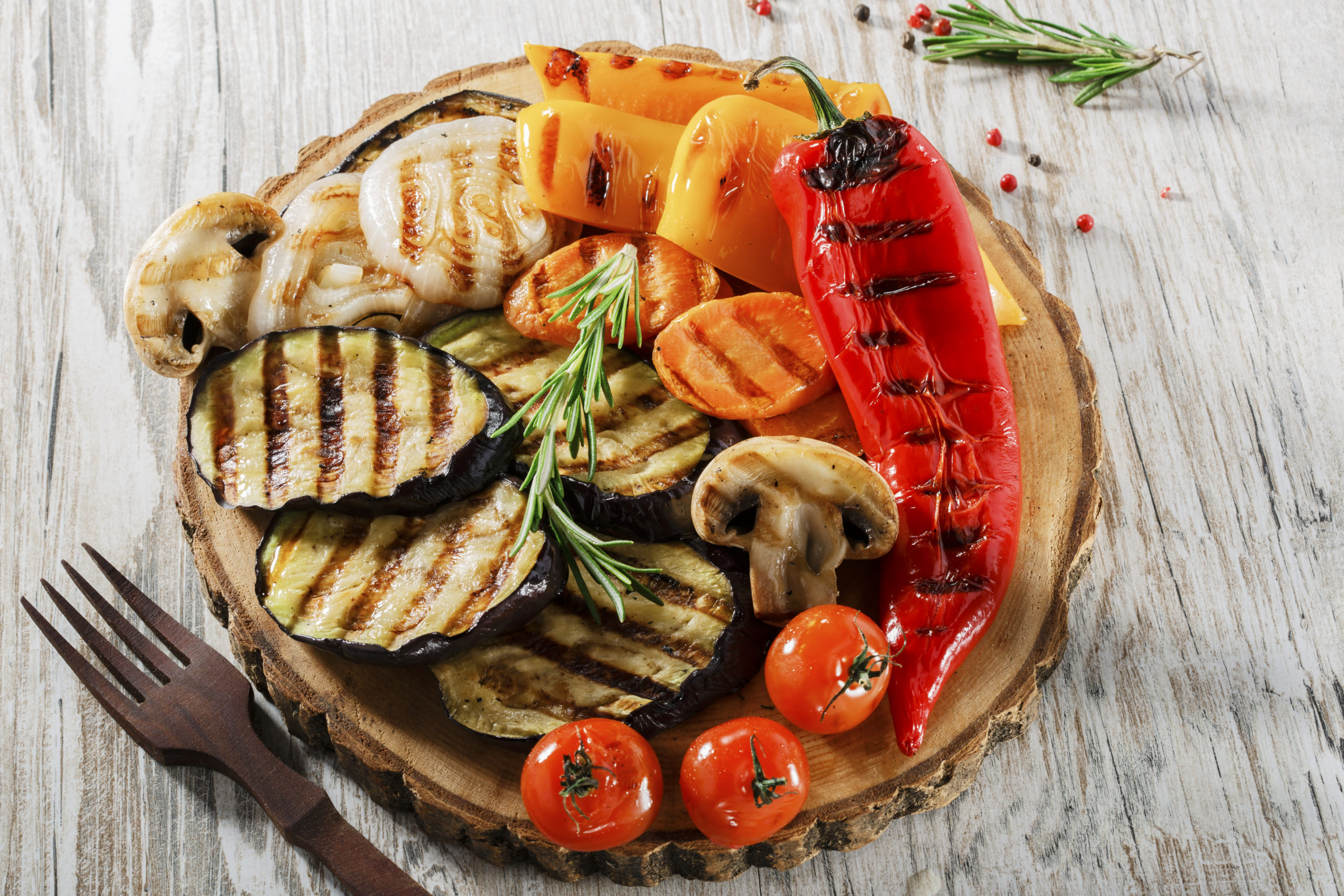
7) Cook your own beans, peas and lentils. You can buy a whole bag of dried beans, peas, and lentils, and cook up what you need. Or, you can spend twice the money to get them canned. Cooking them yourself just requires a little advance planning, since you need to soak them overnight or put them in a slow cooker. It’s worth the effort, not just because you’ll save money, but because they’ll be tastier and healthier, too. Canned food usually has way more salt in it than we want or need, and many food cans are lined with BPA, a nasty chemical linked to reproductive problems.
8) Replace meat with eggs for protein. I like protein as much as the next person, but I usually get mine from eggs. Twelve organic eggs costs around $4 a dozen where I live – but compare that to steak, which might be $8 or $9 a pound. Plus, a dozen eggs can feed five or six people; one measly steak is good for only one. There’s really no comparison where your budget is concerned.
1 Dozen Eggs – $4; Feeds 5 people
1 Steak – $8/$9; Feeds 1 person
9) Buy in bulk. If your store offers bulk bins, start shopping there. The price per pound will be significantly cheaper. Otherwise, you can buy bulk online or at big box stores. It makes sense to buy rice, popcorn, cereal, and many grains in bulk. You can buy meat in bulk, as well.
See also: The 10 Best Foods to Buy in Bulk
10) Identify the most and least expensive meals you regularly cook. Cook more of the meals that cost you less, and save the expensive foods for special occasions. For example, a vegetable-rich lasagna with a salad might cost around $3.50 – $5.00 serving. Steak and potatoes would cost twice that.
11) Join a CSA. Community Supported Agriculture works by letting you buy a full or half share in the produce a farm generates in a season. It generally turns out to be a very generous delivery of greens and vegetables.
Want to find a CSA near you? Here’s where to look.

Get our Top 10 Tips for Organic Gardening right here.
13) Raise your own chickens. One of the fastest growing trends in the food world is that people in cities and suburbs are raising their own chickens, especially for the eggs. Check your municipal zoning regulations before getting started.
14) Shop with a list you make from recipes you plan to cook. You’ll avoid impulse buying by shopping for the ingredients you actually plan to use.
15) Skip single-serving pre-packaged food. It’s estimated that shoppers spend $1 out of every $11 on packaging we just throw away. Single servings are the worst offenders. Invest in reusable containers or bags, then dole out chips, cookies, nuts and other snacks or lunch items yourself. If you have kids, have them do that at night, after supper, so they learn early how to save money when they shop.
RELATED


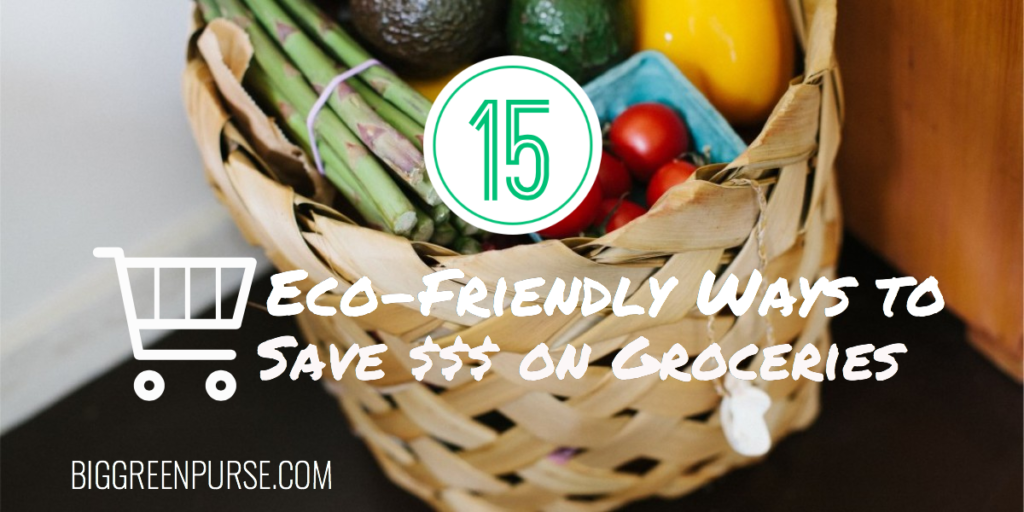
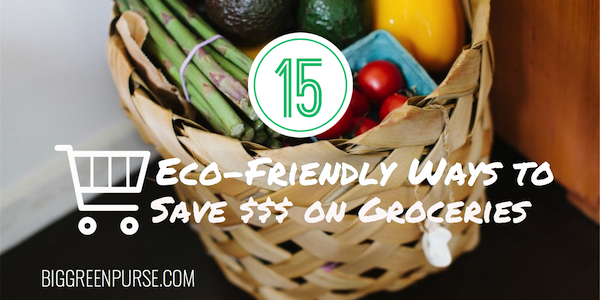



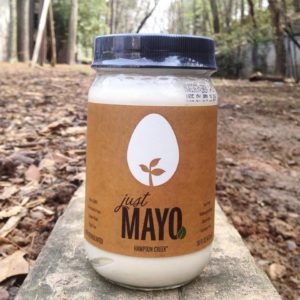











2 thoughts on “15 Eco-Friendly Ways to Save Money on Groceries”
I agree about some leftovers taste better the next day. I also cook my beans in advance and can them. I find that can beans just don’t agree with me. When I cook my own, I can add a potato or kombu to decrease my digestion issues with beans.
You’re so right about cooking your own beans. That cuts down on salt, skips the can, and saves money, too. Thanks for the tip about potato and kombu.
Comments are closed.